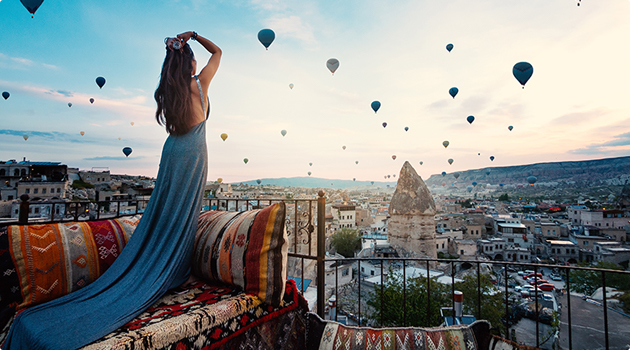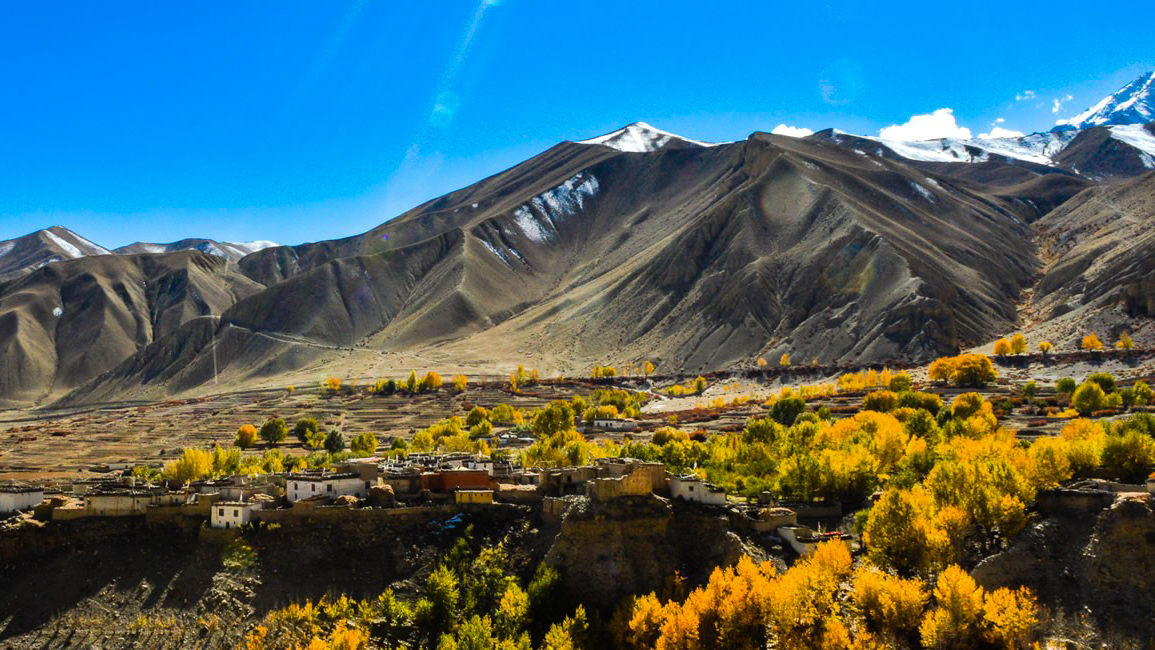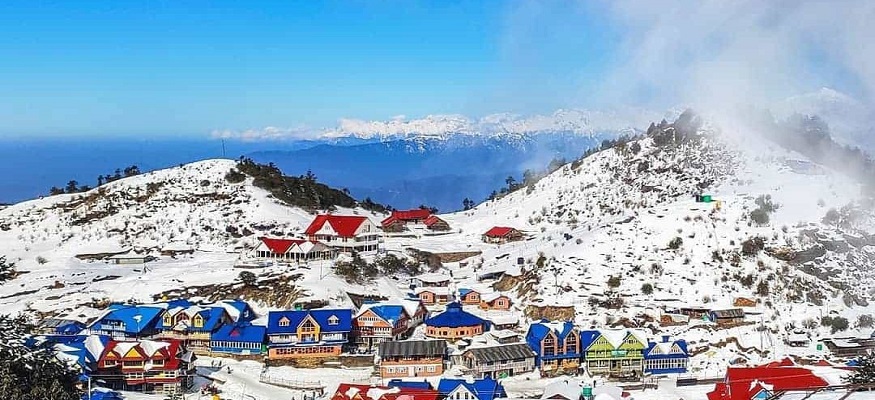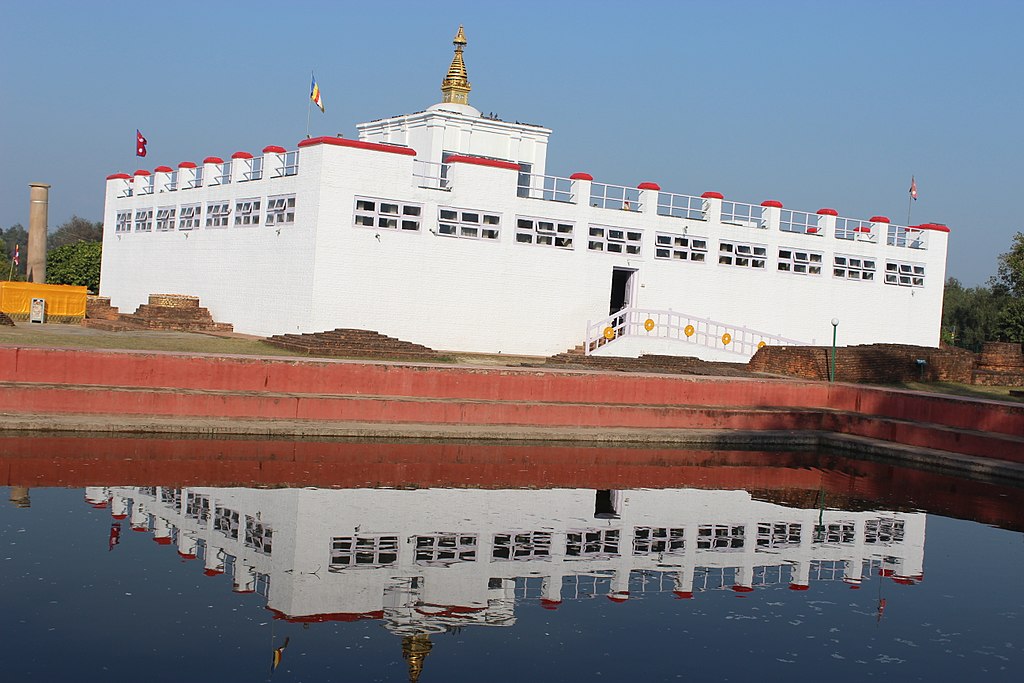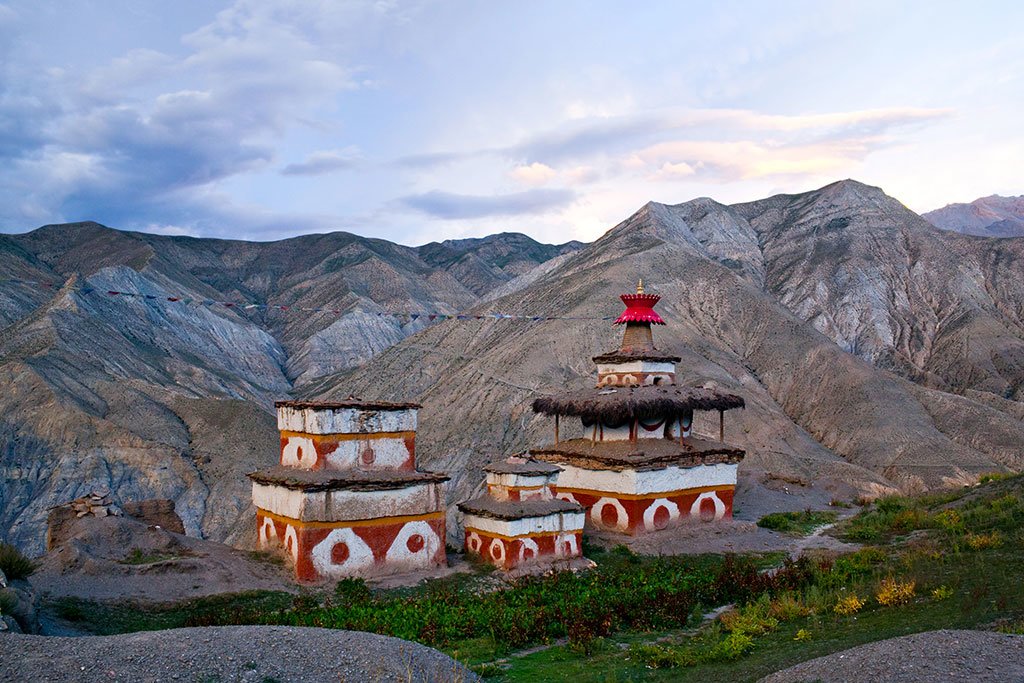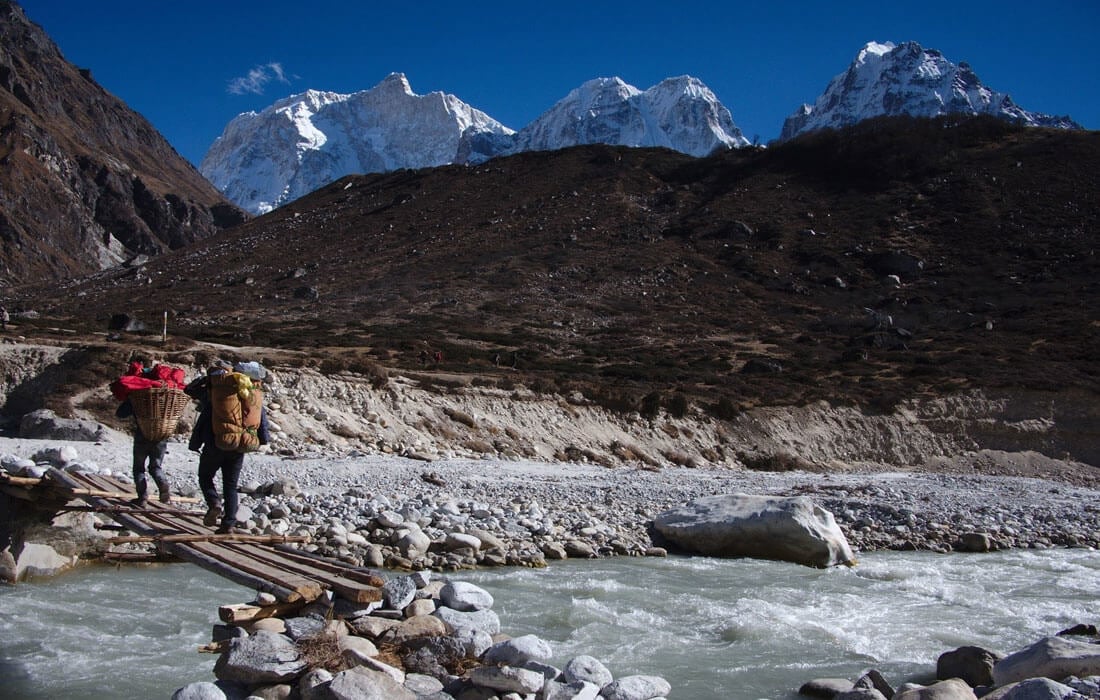 About this Trip
About this Trip
The Arun Valley Trek represents a journey of exceptional diversity and authentic discovery, offering an experience that has become increasingly rare in Nepal's more popular trekking regions. What makes this trek extraordinary is its perfect combination of biological richness, cultural authenticity, and spectacular mountain scenery, all accessed through a trail that sees relatively few foreign visitors.
The trek follows the course of the mighty Arun River, a waterway with its headwaters in Tibet that carves one of the deepest valleys in the world. This geographic feature creates a remarkable ecological corridor, allowing trekkers to experience multiple climate zones and habitats in a relatively short distance. The journey begins in nearly subtropical conditions, with lush forests filled with orchids, ferns, and bamboo, gradually transitioning to temperate woodlands dominated by massive rhododendrons, and finally to subalpine terrain with views of snow-capped peaks.
The cultural dimension of this trek is particularly special. While Nepal's more famous trekking routes have seen significant changes due to tourism, the Arun Valley remains a bastion of traditional lifestyles. Villages along the way represent a fascinating mix of ethnic groups – primarily Rai and Limbu in the lower regions, with Sherpa and Yamphu communities at higher elevations. Each maintains distinct cultural practices, religious traditions, and architectural styles. Trekkers frequently find themselves welcomed into local homes to share salt tea or the region's famous millet beer, creating meaningful cultural exchanges rarely found on more established routes.
Physically, the trek offers a perfect balance of challenge and accessibility. The trail involves significant daily elevation changes as it moves up and down the valley's contours, but generally avoids the extreme altitudes that make some Himalayan treks prohibitive for many visitors. This middle-ground difficulty, combined with the option to extend or shorten the journey at several points, makes the Arun Valley appealing to a wide range of trekkers.
Perhaps most uniquely, the Arun Valley trek offers a sense of genuine exploration. While following established trails, visitors often experience entire days of hiking without encountering other trekking groups. Views unfold gradually, with each ridge revealing new perspectives on the surrounding landscapes. This creates a journey of discovery that unfolds at a human pace, allowing trekkers to absorb the subtle details of the environment and develop a deeper connection to the land and its people.
The Arun Valley Trek represents a journey of exceptional diversity and authentic discovery, offering an experience that has become increasingly rare in Nepal's more popular trekking regions. What makes this trek extraordinary is its perfect combination of biological richness, cultural authenticity, and spectacular mountain scenery, all accessed through a trail that sees relatively few foreign visitors.
The trek follows the course of the mighty Arun River, a waterway with its headwaters in Tibet that carves one of the deepest valleys in the world. This geographic feature creates a remarkable ecological corridor, allowing trekkers to experience multiple climate zones and habitats in a relatively short distance. The journey begins in nearly subtropical conditions, with lush forests filled with orchids, ferns, and bamboo, gradually transitioning to temperate woodlands dominated by massive rhododendrons, and finally to subalpine terrain with views of snow-capped peaks.
The cultural dimension of this trek is particularly special. While Nepal's more famous trekking routes have seen significant changes due to tourism, the Arun Valley remains a bastion of traditional lifestyles. Villages along the way represent a fascinating mix of ethnic groups – primarily Rai and Limbu in the lower regions, with Sherpa and Yamphu communities at higher elevations. Each maintains distinct cultural practices, religious traditions, and architectural styles. Trekkers frequently find themselves welcomed into local homes to share salt tea or the region's famous millet beer, creating meaningful cultural exchanges rarely found on more established routes.
Physically, the trek offers a perfect balance of challenge and accessibility. The trail involves significant daily elevation changes as it moves up and down the valley's contours, but generally avoids the extreme altitudes that make some Himalayan treks prohibitive for many visitors. This middle-ground difficulty, combined with the option to extend or shorten the journey at several points, makes the Arun Valley appealing to a wide range of trekkers.
Perhaps most uniquely, the Arun Valley trek offers a sense of genuine exploration. While following established trails, visitors often experience entire days of hiking without encountering other trekking groups. Views unfold gradually, with each ridge revealing new perspectives on the surrounding landscapes. This creates a journey of discovery that unfolds at a human pace, allowing trekkers to absorb the subtle details of the environment and develop a deeper connection to the land and its people.

From $0
Price Varies from Group Size
Success
Here goes about why the success toast occurred.
 Itinerary
Itinerary
Arrival in Kathmandu (1,400m)
Kathmandu to Tumlingtar (457m)
Tumlingtar to Kartiki Ghat (250m)
Kartiki Ghat to Phedi (950m)
Phedi to Manigaon (1,500m)
Manigaon to Salpa Phedi (2,380m)
Salpa Phedi to Sanam (2,850m) via Salpa Pass (3,348m)
Sanam to Bung (1,900m)
Bung to Gudel (2,000m)
Gudel to Khiraule (2,530m)
Khiraule to Najingdingma (2,650m)
Najingdingma to Pangom (2,800m)
Pangom to Hinku (2,700m)
Hinku to Phurteng (2,900m)
Phurteng to Cheskam (2,700m)
Cheskam to Num (1,500m)
Num to Khadbari (1,040m)
Khadbari to Tumlingtar (457m)
Tumlingtar to Kathmandu
Departure from Kathmandu
 Services
Services
Includes
- Specialized bilingual guide familiar with the Arun region
- Private Transport where applicable
- Domestic flights between Kathmandu and Tumlingtar
- Daily meals on the trek: breakfast, lunch, and dinner
- Services of an experienced guide and porter during the trek
- All essential trekking permits, including conservation area fees
- Accommodation throughout the trek (basic teahouses and homestays)
Excludes
- Additional accommodation due to flight cancellations or delays
- Comprehensive travel and medical insurance for the trek
- Gratuities for the guides, porters, and trekking support staff
- International flights and entry visa fees for Nepal
- Personal trekking equipment and gear (sleeping bags, jackets, etc.)
- Extra food and drinks beyond the standard meals provided
- Any costs associated with early departure from the trek
 Good to Know
Good to Know
Train for hill walking with a focus on sustained daily hiking. Bring a quality sleeping bag as tea houses have minimal heating. Pack for varied climates from subtropical to alpine. Carry sufficient cash as there are no ATMs between Tumlingtar and Khadbari. Respect local customs by asking permission before photographing people or religious sites. Learn basic phrases in Nepali to enhance cultural exchanges. Consider bringing small gifts like school supplies for village children or medical supplies for local health posts.
Wildlife Encounters
While trekking, keep an eye out for:
Red panda (particularly in rhododendron and bamboo forests), Himalayan black bear (in forested regions), Himalayan tahr (wild mountain goats), Various deer species including musk deer, Himalayan langur monkeys, Over 650 bird species including: Impeyan pheasant (danphe - Nepal's national bird), Satyr tragopan, Various eagles and vultures, Colorful sunbirds and minivets, Unique butterflies including Kaiser-i-hind and various swallowtails, Snow leopard (extremely rare sightings in upper regions)
 Reviews
Reviews
 FAQs (Frequently Asked Questions)
FAQs (Frequently Asked Questions)
Why is the Arun Valley less visited than other trekking regions?
The region's remote location in eastern Nepal, limited flight connections, basic accommodation infrastructure, and lower marketing profile have kept visitor numbers low. This is precisely what makes it appealing to trekkers seeking authentic experiences away from crowded trails.
Do I need special permits for this trek?
Yes, you'll need the standard Makalu-Barun National Park permit and TIMS (Trekkers' Information Management System) card. Your trekking agency will arrange these. Unlike some restricted regions, no special limited permits are required, making the paperwork relatively straightforward.
What is the best time of year for this trek?
Mid-October to early December offers the clearest mountain views and stable weather. March to May features spectacular rhododendron blooms but may have hazier mountain views. The monsoon season (June-September) brings leeches and difficult trail conditions, while winter (December-February) can be cold but often clear and quiet.
What type of accommodation can I expect?
Basic teahouses exist in most villages, though they are considerably more rustic than those in popular trekking regions. Expect shared rooms, limited menu options, basic toilet facilities, and minimal or no electricity. In some smaller settlements, homestays with local families may be the only option.
Is it possible to extend or shorten this trek?
Yes, the Arun Valley trek is flexible. It can be shortened by exiting early to Tumlingtar or extended by continuing to the Everest region via Lukla or by incorporating parts of the Makalu Base Camp trek. Your trekking agency can customize the itinerary based on your time constraints and preferences.
How does altitude sickness risk compare to other Himalayan treks?
The altitude risk is lower than on many Himalayan treks as the highest point (Salpa Pass at 3,348m) remains below the 3,500m threshold where altitude sickness becomes more common. However, standard precautions like proper acclimatization and adequate hydration remain important.
Is it possible to trek independently in the Arun Valley?
While permits don't require guided service, independent trekking is challenging due to limited infrastructure, infrequent signage, and the remote nature of the region. Most trekkers opt for at least a guide, if not a full support team including porters.
How reliable is the WiFi and phone connectivity?
Very limited. Larger settlements like Khadbari may have basic cell service, but most of the trek has no connectivity. Some villages have emergency satellite phones. Plan to be disconnected for most of your journey and inform family and friends of your itinerary before departing.
How much should I budget beyond the package cost?
Beyond the package cost, budget approximately $10-15 per day for any additional expenses like snacks, hot showers (where available), or local handicrafts. Prices are generally lower than in more touristy regions but increase in remote areas due to transportation costs.
What unique cultural experiences can I expect on this trek?
The Arun Valley offers exceptional cultural diversity, with opportunities to observe and participate in local festivals if your timing aligns, learn about traditional weaving and agricultural practices, visit remote Buddhist monasteries, and potentially experience shamanic rituals that pre-date Buddhism in the region.
